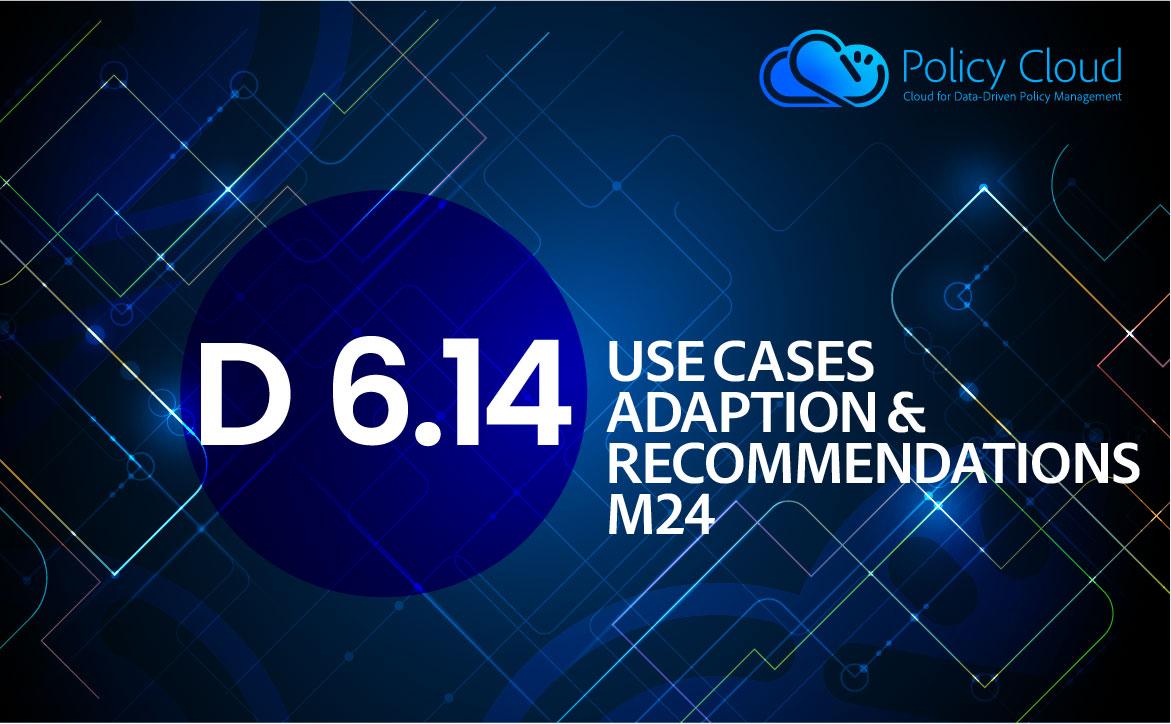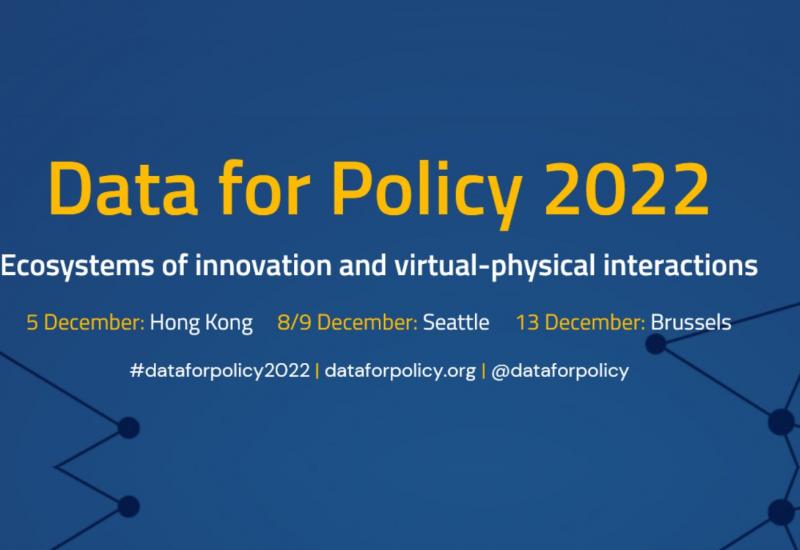
- Cloud for Data-Driven Policy Management
- Contact Us
- Join our community
- Login
D6.14 USE CASES ADAPTATION & RECOMMENDATIONS

Submission date:
Tuesday, 1 February, 2022
WP:
- WP6: Use Cases Adaptation, Integration & Experimentation
This document is the second of the series of deliverables that will detail the evaluation process. In particular, this report details the outcomes of the evaluation of the PolicyCLOUD technologies and the benefits they provide to the use cases obtained in the co-creation & evaluation workshops. This document will feed back to the architecture specification.
D6.14 explains the implementation of the evaluation methodology differentiating between Impact Analysis (IA) evaluations and Quality Validations (QV). The implementation has been carried out during different workshops for each use case.
As an introduction, the Public Policies Implementation Process is described, considering how the PolicyCLOUD project contributes to this aim at the different stages of this process, presenting also the way the policy definition and implementation process is linked to the evaluation methodology proposed in this document.
The most important improvement from Deliverable D6.5 is the implementation and the results of the evaluation for the different uses cases. The impact analysis reported by the policy makers, highlights that the main problems they face, are lack of data, inaccurate data and lack of standards. This is a major barrier to implementing new policies in any field. In addition, data is decentralised and fragmented and very difficult to access. All this makes the quality of data very low and unreliable.
In general, we have obtained valuable feedback from the point of view of quality assessment of the platform. This feedback will guide the technical developments during 2022. Indicatively, some of the feedback we have received request for the environment to have the capability to export results, to provide more than one graph or type of graphs per scenario, to enable the comparison of information, to provide better labelling and data explicability, and to translate the environment into the local language.


